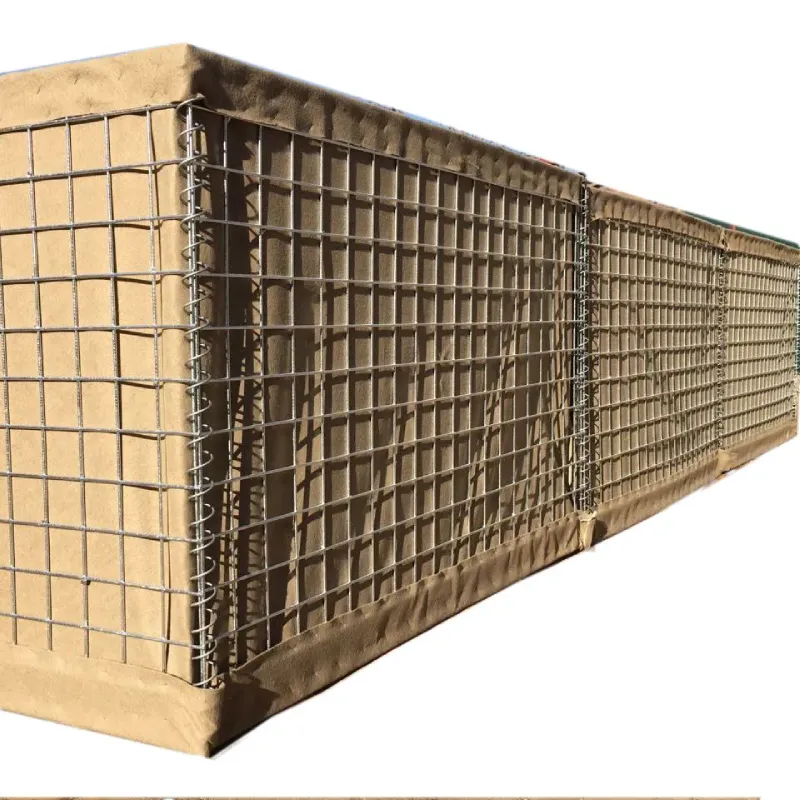
- Afrikaans
- Albanian
- Arabic
- Armenian
- Azerbaijani
- Basque
- Belarusian
- Bengali
- Bosnian
- Bulgarian
- Croatian
- Czech
- Danish
- Dutch
- English
- Esperanto
- Estonian
- Finnish
- French
- Galician
- Georgian
- German
- Greek
- hawaiian
- Hindi
- Hungarian
- Indonesian
- irish
- Italian
- Lao
- Latvian
- Lithuanian
- Luxembourgish
- Macedonian
- Maltese
- Myanmar
- Norwegian
- Polish
- Portuguese
- Romanian
- Russian
- Serbian
- Slovak
- Somali
- Spanish
- Swedish
- Thai
- Turkish
- Turkmen
- Vietnamese
окт . 16, 2024 18:14 Back to list
putting up temporary fence
Putting Up Temporary Fences A Practical Guide
In both residential and commercial contexts, the need for a temporary fence can arise for various reasons, ranging from construction activities to events and even to securing an area during a landscaping project. Temporary fences serve not only to delineate boundaries but also to provide safety, security, and privacy. This article outlines the importance of temporary fencing, the types available, and the key steps involved in setting one up effectively.
Importance of Temporary Fencing
Temporary fences are essential for several reasons. First and foremost, they enhance safety. Construction sites, demolition areas, and any other places where hazards may exist require proper signage and barriers to keep the public safe. A temporary fence acts as a physical barrier that can deter unauthorized access and accidental injuries.
Furthermore, temporary fencing aids in maintaining order during large events such as concerts, festivals, or sporting events. It manages crowds, ensuring that attendees remain within designated areas and that emergency exits are accessible. Additionally, for property owners involved in extensive landscaping or renovations, a temporary fence can help prevent pets or children from wandering into unsafe zones.
Types of Temporary Fences
There are several types of temporary fencing available, each suitable for different scenarios. Chain Link Fences are one of the most commonly used types because of their durability and ability to provide visibility while maintaining a secure barrier. They are often used at construction sites or for crowd control.
Privacy Fences, typically made of vinyl or mesh, are another option. They offer increased seclusion and are popular for events or construction sites where visual barriers are desired.
Barricades and Jersey Barriers are frequently utilized for traffic control or to redirect vehicle flows at events. They provide high visibility and physical protection. Additionally, Snow Fencing, made of lightweight materials, is used in areas where snow drifts need to be controlled or to protect specific landscaping features.
Steps to Install a Temporary Fence
putting up temporary fence

Installing a temporary fence can be a straightforward process if you follow these basic steps
1. Planning and Design Before you start, identify the area that needs to be fenced. Consider your purpose—whether it's for crowd control, safety, or privacy. Sketch a layout that highlights where the fence will go, along with any gates or entrances that may be needed.
2. Choose the Right Fence Select the type of temporary fence that best fits your needs, keeping in mind factors such as height, material, and visibility.
3. Gather Materials and Tools You'll need the fencing materials, posts, any gates you might want, and essential tools such as a drill or hammer, tape measure, and level.
4. Install the Posts Begin by placing the fence posts at regular intervals around the perimeter. Ensure they are firmly secured in the ground, making sure they're level and properly aligned.
5. Attach the Fencing Material Once the posts are set, roll out the fencing material along the posts. Secure it tightly to prevent sagging or movement. For additional stability, consider using fasteners or clamps.
6. Final Checks Inspect the entire fence for stability, checking that the gates work smoothly and that the fence is well-secured. This is the final chance to make adjustments.
7. Maintenance and Removal Regularly check the fence for any signs of damage or instability. After the need for the fence has passed, dismantle it carefully, ensuring that all materials are stored or disposed of appropriately.
In conclusion, putting up a temporary fence is a practical solution for various situations, addressing safety and security while also being easy to install and remove. By understanding the types of fences available and carefully planning your installation, you can ensure that your temporary fencing meets your specific needs effectively.
-
Versatile Sheep and Livestock Hurdles for Sale
NewsApr.14,2025
-
The Rise of BRC Fencing
NewsApr.14,2025
-
High-Quality Cattle and Horse Panels for Sale
NewsApr.14,2025
-
Durable Cattle Fencing Solutions
NewsApr.14,2025
-
Double Wire Fencing Solutions
NewsApr.14,2025
-
360 Degree Protection with 358 Anti-Climb Fences
NewsApr.14,2025









